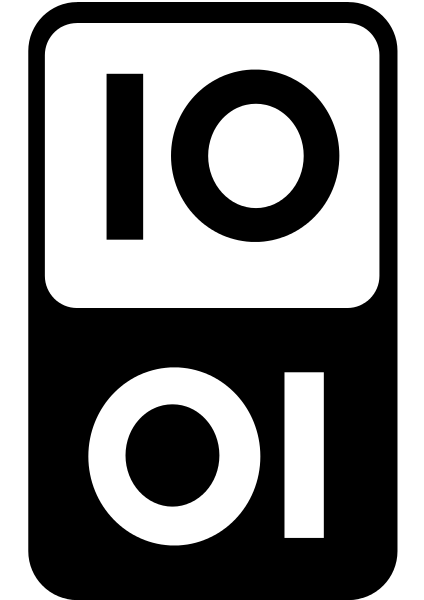Subscription models
The classic model
École nationale des ponts et chaussées subscribes to around 15,000 scientific journals available online, representing a total of around €220,000 per year. Subscriptions are negotiated at national level by the Couperin consortium, an association of all the ESR establishments in France.
The majority of subscriptions are of the pay-to-read type, as classic subscription formulas that correspond to this model:
- authors submit their articles to scientific journals
- the contract signed/checked provides for the transfer of intellectual property rights to the publisher on an exclusive basis and free of charge (economic rights, i.e. the right to commercially exploit articles, which enables publishers to sell subscriptions)
- the articles are peer-reviewed free of charge
- Access to articles is subject to a charge, paid by the libraries.
Contact us if you would like us to detail the clauses of your publication contract!
The open access reading and publication model
They are known by several names: open access reading and publication agreements, transforming agreements, transformative agreements, transformative agreements.
The logic behind these agreements is that, since publishers already receive money from subscriptions, they can pay the same amount and without impacting their turnover, for articles published in their journals to be natively open access (in this case: golden open access in hybrid journals). In practice, this option is generally offered at an additional cost, which is negotiated to be as moderate as possible.
The limits of golden open access reading and publication agreements
Researchers have expressed the following criticism to us. Some disciplines already have naturally very open publication practices, generally with preprints on arXiv (mathematics, physics or computer science). Reading and publication agreements could be ‘traps’ that would encourage researchers to rely on commercial publishers to ensure that their publications are open, where openness has been a ‘free’ asset until now, creating a gradual dependence on this economic model.
On the two lanes of open access
We told you about it in the article on open access !
Green open access
The 2016 Law for a Digital Republic allows researchers to file the postprint of the article (not the publisher's PDF) on an open archive such as HAL or arXiv, after an embargo of 6 months for STM and 1 year for SHS.
What the law allows, the School demands with the mandate to share science.
Gold open access
Most journals offer the option of publishing the article natively in open access on the publisher's website, or by paying for publication. (Article Processing Charges - APC), or because the magazine is subsidised.
the majority of journals offering the golden open access option are said to be hybrids : they publish a mix of open and closed articles, and therefore always require a subscription to access all the content. The subscription price is generally not deducted from the proportion of open access (double billing).
Other journals offering the golden open access option are known as full open access : all articles are open access, so no subscription is required.
- We advise against paying to publish in golden open access journals hybrides because we have to subscribe anyway.
→ No problem paying to publish in golden open access in a full open access journal. - We recommend publishing
in a hybrid journal, then file the postprint in HAL respecting the embargo of 6 months or 1 year.
→ There are some subtleties with work financed by a funding agency, which must be published at the same time. open access without embargo and without payment if published in a hybrid journal. Contact us !



